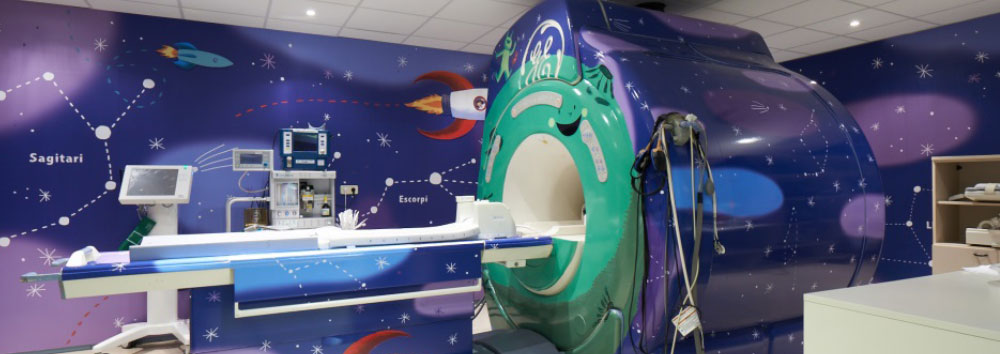H20, the key molecule of life, is closely studied across the world. From the water we drink to hydrate our bodies, to those trapped in glaciers to maintain global temperatures, water is prevalent in every form of our daily lives. For example, the melting of Arctic ice due to climate change has affected weather patterns all around the globe. Yet, there are many mysteries we are still to uncover.
One of these mysteries is ice.
Ice is made up of water molecules closely packed in three dimensions to form a crystal, and it has long been thought that only ice with a “hexagonal” structural form naturally occurs on Earth. A rarer, “cubic” structure can only be obtained under the special conditions of extremely low temperatures, like those in upper layers of the atmosphere. Recent studies have also revealed that samples of cubic ice are in fact a hybrid, made up of stacked layers of both cubic and hexagonal structure, and pure cubic ice has, in fact, never been found.
In a new study published in Nature Materials, an international group of researchers was able to synthesise a substantial quantity of highly pure cubic ice by decomposing powdered ice XVII – a synthetic form of ice that takes up a cage-like structure called a clathrate. In the process of decomposition, ice XVII is maintained with liquid nitrogen at under -143°C and then warmed up slowly. This results in a nearly perfect cubic structure, with over 95% of the sample being composed of cubically stacked layers.
These findings not only contribute to a better understanding of ice structure and the existence of the two natural ice forms, but also addresses wider questions about the Earth.

About ILL
The Institut Laue-Langevin (ILL) is an international research organisation that is a world leader in Neutron Science. Since its foundation in 1967, the Institute is a shining example of scientific cooperation. Presently 10 European countries (Spain, Switzerland, Austria, Italy, Czech Republic, Sweden, Belgium, Poland and Slovakia) ensure the necessary financial support for the ILL operation under the governance of 3 Associate Member countries: France, Germany and The United Kingdom. The research conducted at the ILL is dedicated to fundamental research (60%) as well as societal challenges research (40%). It covers a wide range of disciplines such as biology, (green) chemistry, materials science, condensed matter physics, as well as nuclear and particle physics.
© ILL H20, the key molecule of life, is closely studied across the world. From the water we drink to hydrate our bodies, to those trapped in glaciers to maintain global temperatures, water is prevalent in every form of our daily lives. For example, the melting of Arctic ice due to climate change has affected […]



